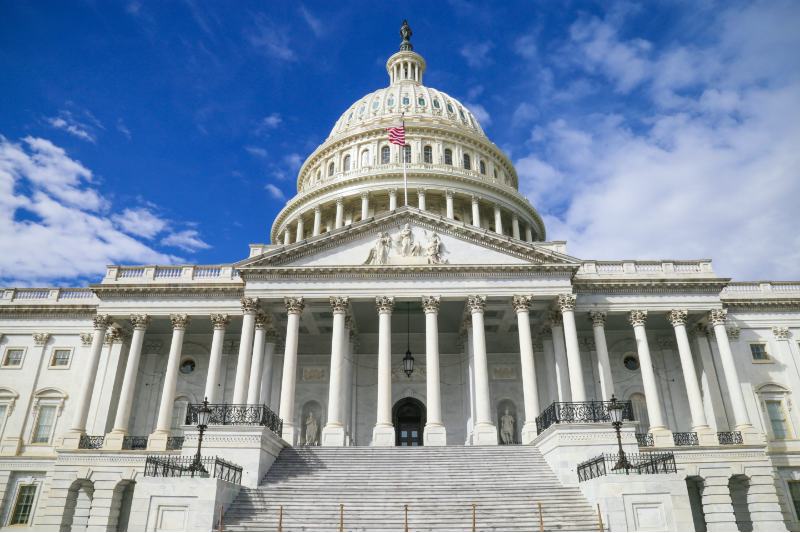Excerpt By Cassidy White, June 2021
Open Data: An overview of current policies, benefits, and challenges of requiring water data integration
Water data have an enormous potential to enhance sustainability, improve management, and inform decision-making when they are freely available and easily accessible. “Open data”, as it’s called, is especially useful when it is consolidated in a single, open platform or data hub from which data can easily be searched, downloaded, republished, and otherwise utilized as needed.
In the world of water, having access to open data helps to facilitate a more complete and accurate understanding of current and forecasted water conditions (e.g., quality, location, and quantity) and demand, enabling informed management, policies, and planning. However, water data are collected by numerous agencies at state and federal levels (as well as by utilities, the industrial and agricultural sectors, and nonprofits, among other organizations). Because these data are published on a variety of platforms using different formats and standards they are often fragmented and difficult to access or discover.
Why then, don’t agencies share their data and integrate datasets on a common, open platform for the benefit of all? There are many reasons.
For one, doing so is simply not required. With tight budgets and limited resources, agencies lack the ability (and incentive) to create a data-sharing dynamic above and beyond the infrastructure already in place. In addition to the resource barrier, there are numerous challenges agencies face (e.g., reputational risk, data privacy, technology gaps, etc.) that must be overcome for open water data to be realized. Open data laws, however, are a solution. By creating a policy framework for sharing, integrating, and standardizing data, open data laws are enabling a transition to open data at both state and federal levels. Nonetheless, data privacy laws and fears over the misinterpretation of data remain a setback for data sharing.

Open data policies have the potential to increase the participation, interaction, self-empowerment and social inclusion of open data users and providers alike, stimulating economic growth and realizing many other advantages.
(Zuiderwijk and Janssen, 2014)


